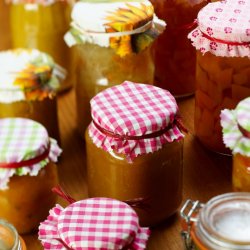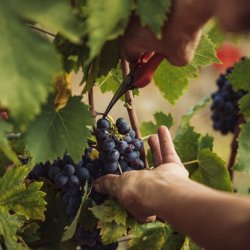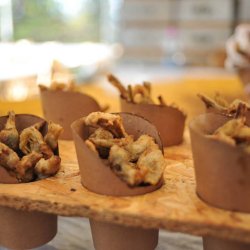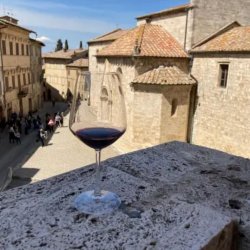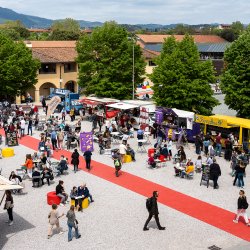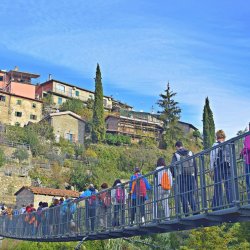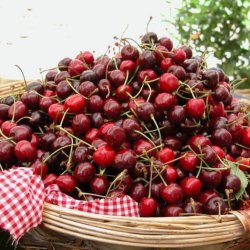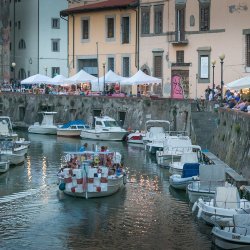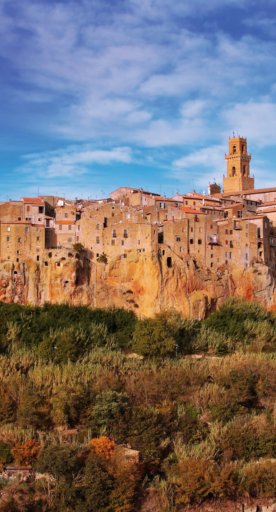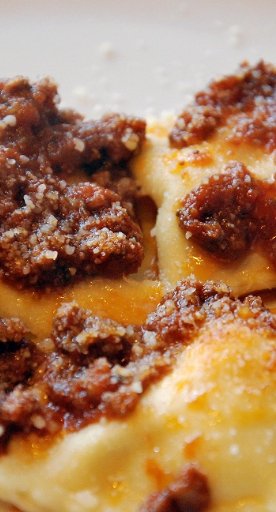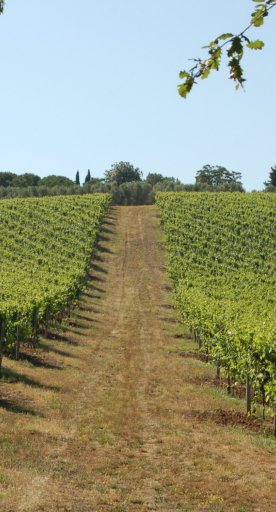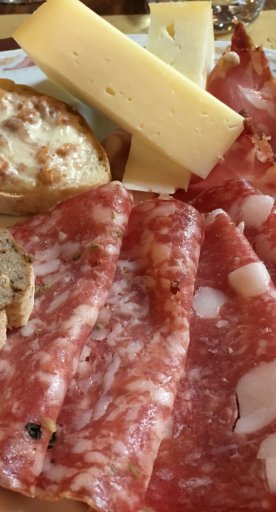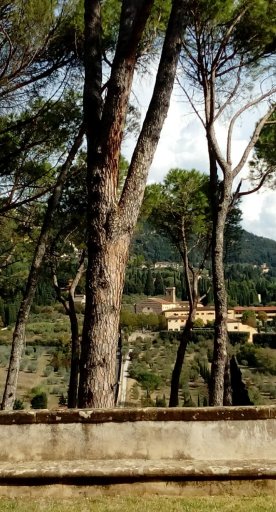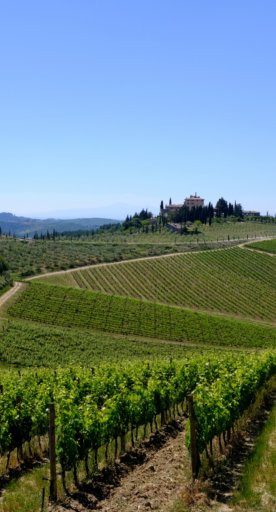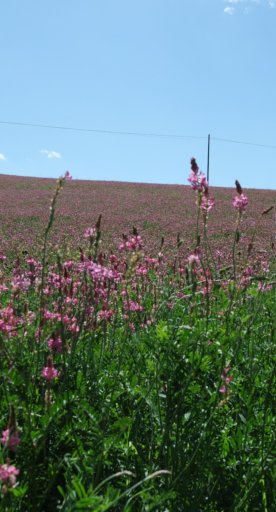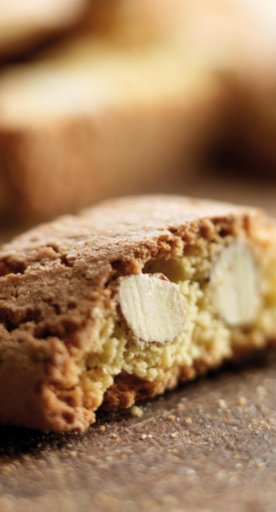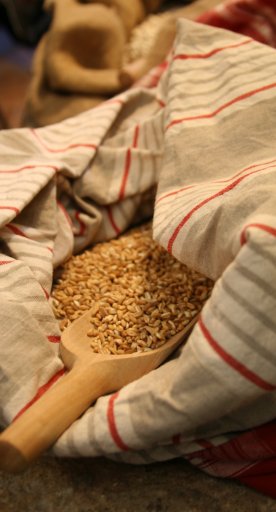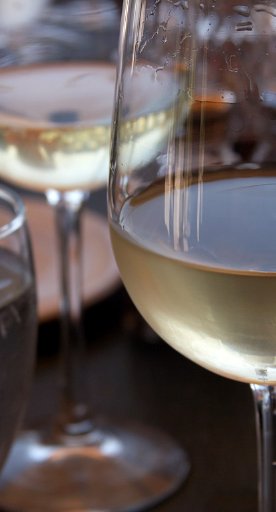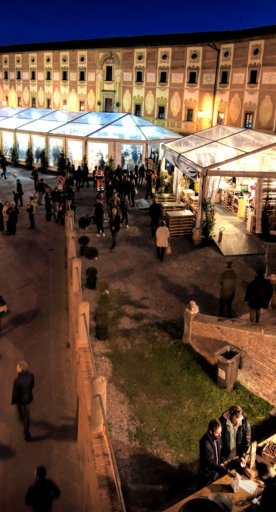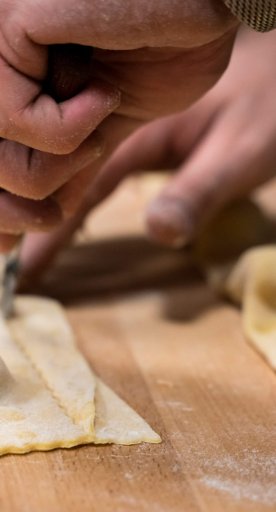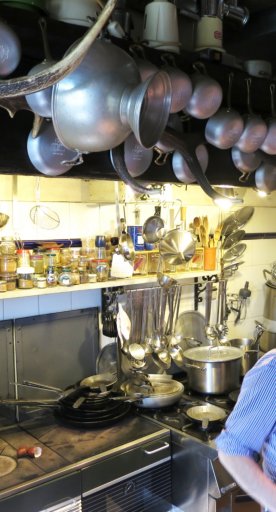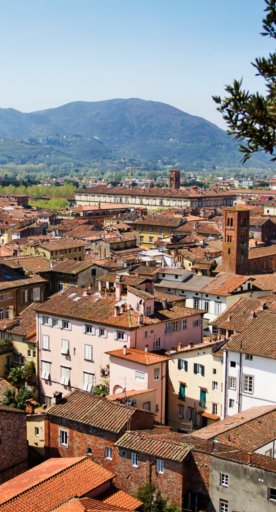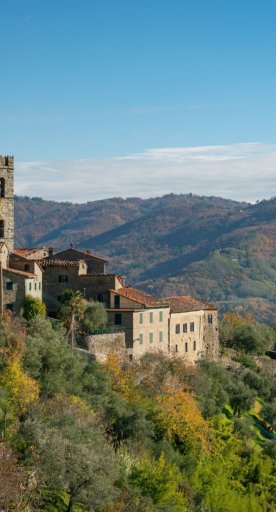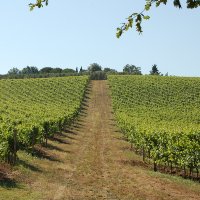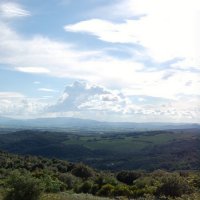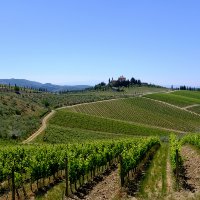

The flavours of Siena and surroundings
Pasta, meats, cheeses, desserts and wines: a journey into taste, discovering the culinary heritage that makes Tuscany proud
Piazza del Campo, the Palio and Ambrogio Lorenzetti are the most common reasons to visit the city of Siena. There are many more reasons to visit, including, of course, the centuries-old culinary heritage.
Sienese cuisine offers typical Tuscan dishes (such as ribollita, arista and beans all’uccelletto) enriched by a notable use of garlic and aromatic herbs like tarragon and rosemary. There are also unique particularities in the Siena area to discover and taste.
From appetizers to desserts, we can create a rich, abundant and varied menu, where flavour meets the best of tradition. Let's start with the main course, a type of pasta that you can taste in and around Siena but that you can easily prepare at home too. We then continue with cold cuts and cheeses to be accompanied with wines that are well-known and envied all over the world. Finally, we finish with mouth-watering sweets made with almonds and candied fruit.
-
1.Pici, the typical long pasta
-
2.Cinta Senese cured meats
-
3.Cheeses: many varieties of pecorino
-
4.Toast with Sienese wines
-
5.Desserts, including dried fruit and spices
Pici, the typical long pasta

In Siena, pasta is synonymous with pici. A typical artisanal product, it's a sort of spaghetti that's pulled by hand until it reaches a length of up to three metres.
The traditional recipe for pici, a piatto povero (simple dish), is made with only flour and water, without eggs. You can try it with ragù made from chianina, duck or game, or with tomato sauce and aglione, a particular type of garlic that's very large and has a delicate flavour.
They are also great topped with Tuscan bread crumbs passed in a pan with extra virgin olive oil.
Cinta Senese cured meats
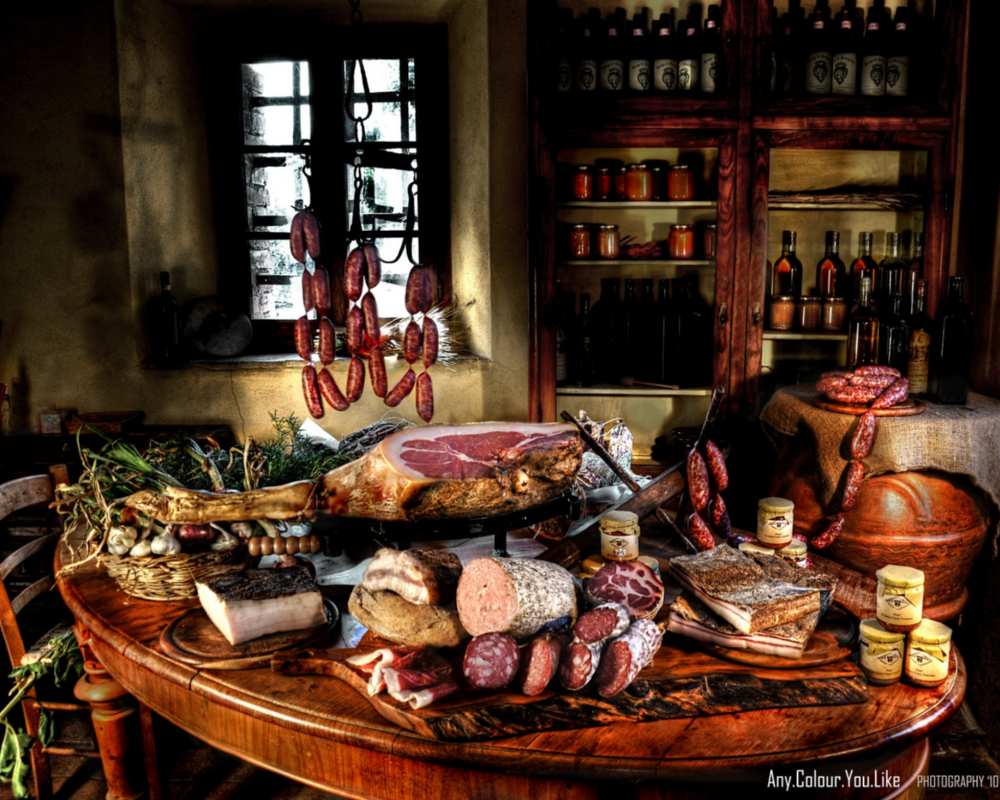
The place of honour among cured meats most certainly goes to products made with Cinta Senese meat, a breed of pig raised in the wild or semi-wild, so called for the characteristic "belt", a white strip on the upper part of the body. Cinta Senese has been present in Tuscany for many centuries, with images of it found almost everywhere, such as in the famous fresco by Lorenzetti "Effects of Good Government" (1338-40) in the Palazzo Comunale in Siena.
The animals graze on what the sown land and woods provide, such as forage, cereals, tubers, roots and organic grass turf. Grazing guarantees the good health of the Cinta Senese and the limited amount of fat in its meat.
The Consortium of the Cinta Senese was set up for the protection and promotion of this pig.
In addition to Cinta Senese, there are also other types of cured meats in the area such as the Sienese capocollo, loin and rolled rigatino, and Chianti shoulder.
Cheeses: many varieties of pecorino
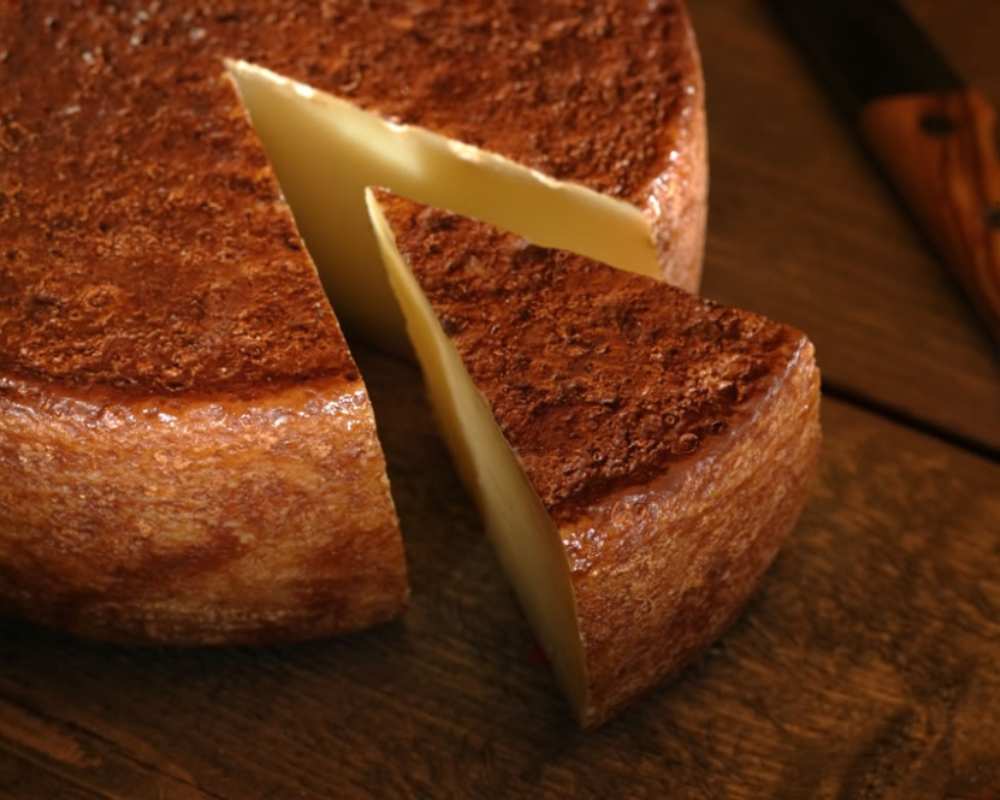
The Siena area is also known for the quality and flavour of its cheeses. The local "cacio" was even praised by Pope Piccolomini (Pope Pius II), who transformed Pienza into the "ideal city" with the help of Bernardo Rossellino.
Pecorino Toscano DOP is widespread throughout Tuscany and has an unforgettable flavour from the very first taste. It's kept completely immersed in extra virgin olive oil, together with pepper and bay leaves, and can also be eaten grated on dishes for flavour such as ribollita and dry pasta, if seasoned correctly.
One of the main dairy products in the Sienese area is Pecorino made with raw milk. Over the centuries, it was the main food that sharecropping families and direct farmers in the province of Siena dedicated themselves to. The goodness of the cheese comes from the milk of sheep raised in pastures and from the typical transformation process that's obtained in a very short time.
Pecorino delle Colline Senesi is produced in the countryside of scarce soils and vegetation, but rich in aromatic herbs (mint, thyme, rocket...) which make the sheep's milk particularly tasty.
Marzolino is another cheese that falls within the PAT (traditional agri-food products) of Tuscany, an extremely refined pecorino di Lucardo with a unique feature: when manufactured, dried thistle flowers are used as vegetable rennet.
Other pecorino cheeses, respecting local tradition, are processed in barrique or in walnut leaves. Some are not very common because they are produced in small quantities, such as the Fossa del Greppo (characteristic of Montepulciano) preserved in holes dug into the tuff.
Toast with Sienese wines

When choosing a wine to accompany local specialties in Siena, the choice is vast. The territory produces DOCGs such as Brunello di Montalcino, Nobile di Montepulciano, Chianti Classico, Vernaccia di San Gimignano and numerous DOCs, such as Rosso di Montalcino, Val d'Arbia and Orcia.
An ideal accompaniment for desserts is Vin Santo del Chianti DOC, a passito that's also produced beyond Sienese borders.
This vast heritage of taste is thanks to the favourable soils and climate in Tuscany, as well as the work of so many people who continue to pass on the tradition of wine production, with passion and experience.
Desserts, including dried fruit and spices
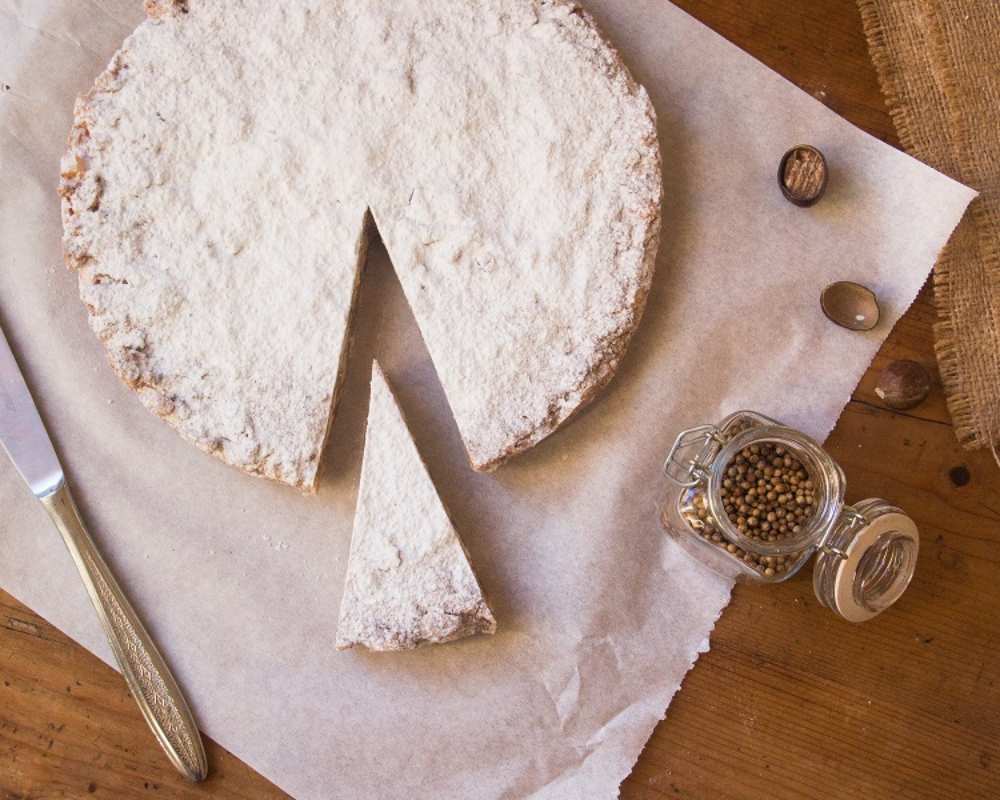
To finish, the perfect sampling of Sienese sweets; we couldn't leave out Panforte and Ricciarelli.
Panforte is a sweet IGP typical of the Christmas period but it can be found all year round in Siena. It's a wide and thick cake sprinkled with sugar, and a unique texture due to the large amount of candied fruit and almonds.
Traditionally, it was prepared by doctors and apothecaries of Siena and was intended exclusively for nobles, wealthy families and the clergy because it was made of precious and expensive ingredients. At the time, the flavour was strong (in fact the dessert was known as Panpepato) but on a special occasion when Queen Margherita visited the city of Siena in 1879, an apothecary prepared an experimental version without melon tanning and using a coating of vanilla sugar instead of black pepper. The Sienese offered the dessert to the queen calling it "Panforte Margherita" which was sweeter and more delicate, similar to what we can taste today.
As mentioned before, the city of the Palio boasts another very popular product, characterized by softness and sweetness. Ricciarelli are sweets made with almonds, sugar and egg whites, all cooked in the oven. Legend has it that it was Ricciardetto Della Gherardesca who brought marzipan sweets - the ancestors of the Ricciarelli - to Tuscany following the Crusades.
Copate are also white, a sort of crunchy treat with almonds between two thin wafers. It's said that these sweets, originally produced during the Christmas and Easter holidays only, were reserved for popes and high priests who came to Siena. Their name derives from the Arabic qubbiata, or almond.
Let's move on to Croccolato, similar to a nougat with a compact consistency. Its flavor is of almonds and dark chocolate. At the base of this dessert is a combination of spices typical of Sienese tradition: dried fruit, candied fruit and honey.
From Crete to the Val d'Orcia, Pan co 'Santi is prepared in autumn, especially on the occasion of the feast of All Saints. As in most of the historic Sienese pastry products, here too we find the dried fruit and spices that merchants brought from their travels abroad in the Middle Ages.
And the list of products to taste is still long.
We just have to travel and taste!

